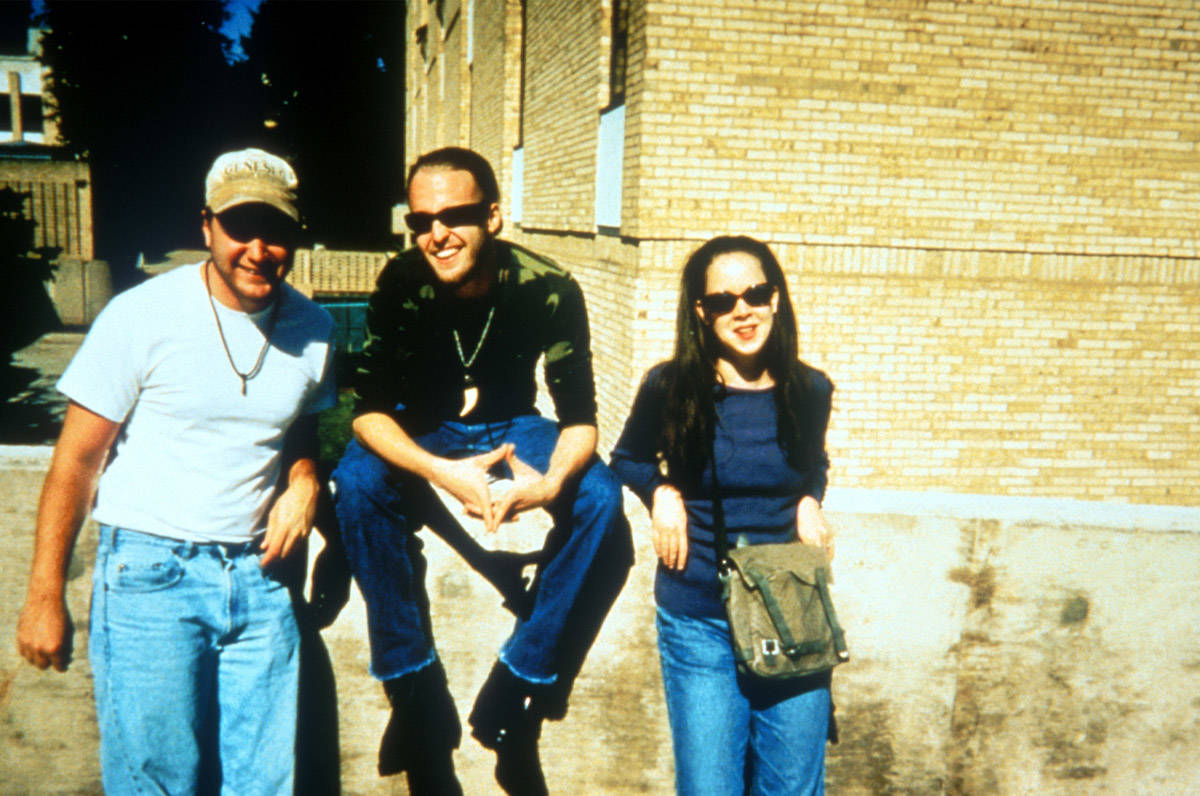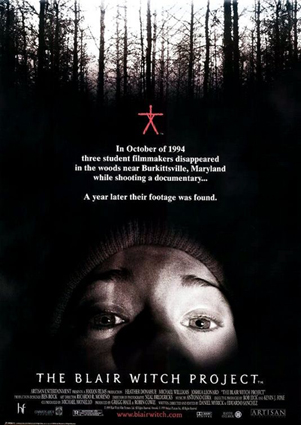


Essentially, the filmmakers created a legend within a legend - while the fictional filmmakers were asking if the legend of the Blair Witch was true, the actual filmmakers were getting their audience to ask if The Blair Witch Project film was true. And of course - word of a true story about three documentary filmmakers disappearing in the woods after chasing around a legend about a witch is going to spread like crazy. News about your film couldn't proliferate through social media platforms, so finding a creative way to get people talking about your project was integral to its success. Though TBWP did have its own website (which has remained largely unchanged since 1999), it wasn't as sophisticated as a film's website would be now. You couldn't upload trailers and teasers to YouTube or send out tweets about screenings. Firstly, at the time of its release, the millennium was knocking at the door the internet was young, but in bloom, and film marketing looked nothing like it does now. So, Blair wasn't the first found footage film, but it was the first to really catch the attention of filmgoers - but why? Well, most likely it had something everything to do with its marketing. However, even though Cannibal Holocaust pushed the boundaries of horror film, it didn't popularize the genre the way TBWP did, and it certainly didn't put found footage on the map. In fact, director Ruggero Deodato was arrested for murder (originally obscenity) 10 days after the film's premiere, because Italian officials believed that certain scenes, like the impalement scene, depicted the actual deaths of the actors.

Cannibal Holocaust came out 19 years before and was celebrated by some (including Sergio Leone) for its realism - well, realism might be putting it lightly. As the video points out, TBWP wasn't the first found footage horror film. Well, let's take a look back for a second. These films were made within the studio system with relatively large budgets in the tens of millions and young up-and-coming stars. So, the fact that The Blair Witch Project became so successful (grossing nearly $250M worldwide), despite the fact that it was 1.) shot on consumer cameras, 2.) had a small budget ($20,000 to $60,000 initially, though, $750,000 in the end), and 3.) used zero known actors/filmmakers, is a real head-scratcher - but, not really. The late 90s belonged to the new teen slashers - Scream, I Know What You Did Last Summer, Urban Legend - beautiful 20-somethings playing super hot teenagers whose first introduction into adulthood was hard alcohol, house party sex, and the business end of a hunting knife (or cleaver, or icepick, or whatever).


 0 kommentar(er)
0 kommentar(er)
